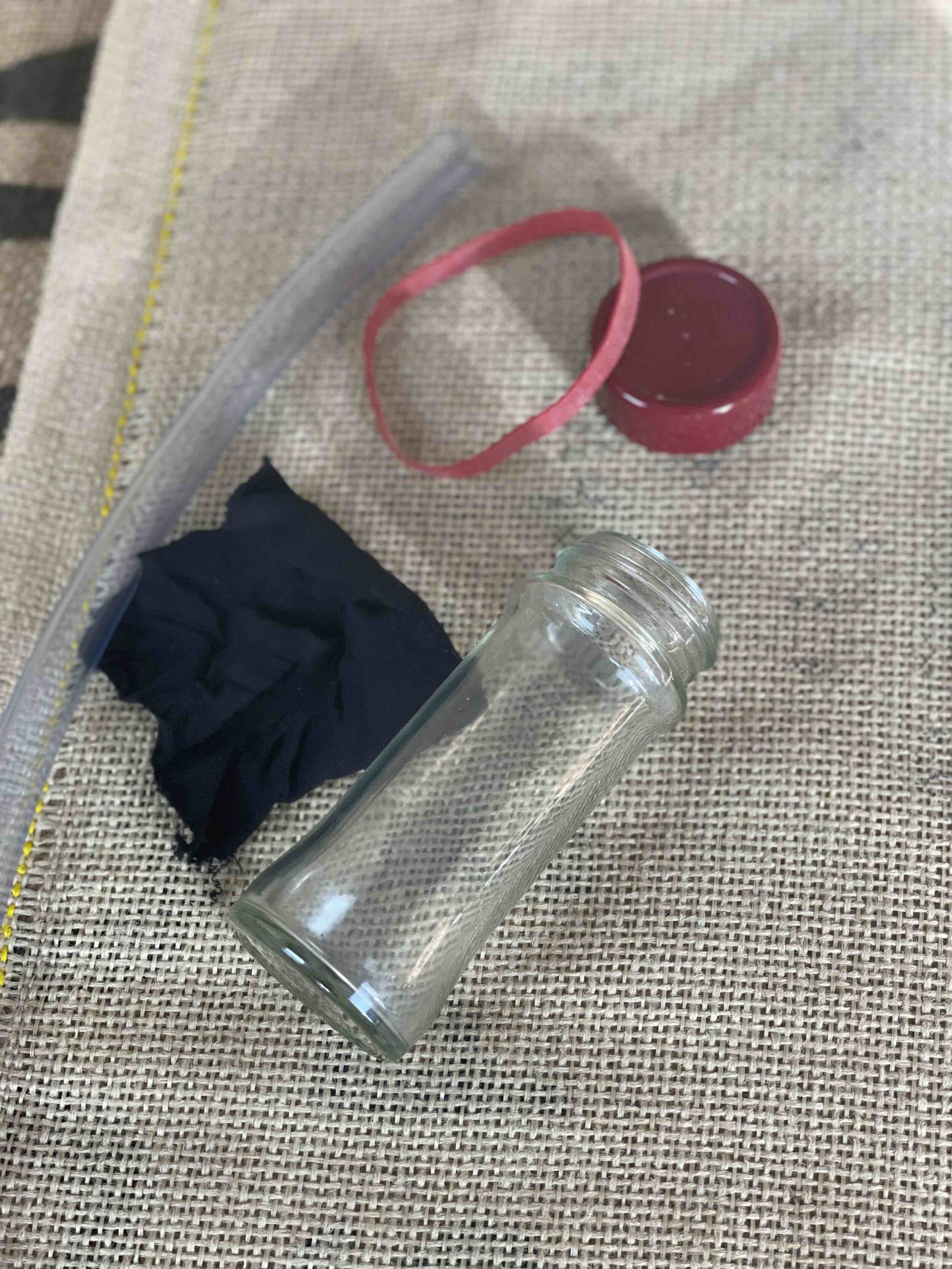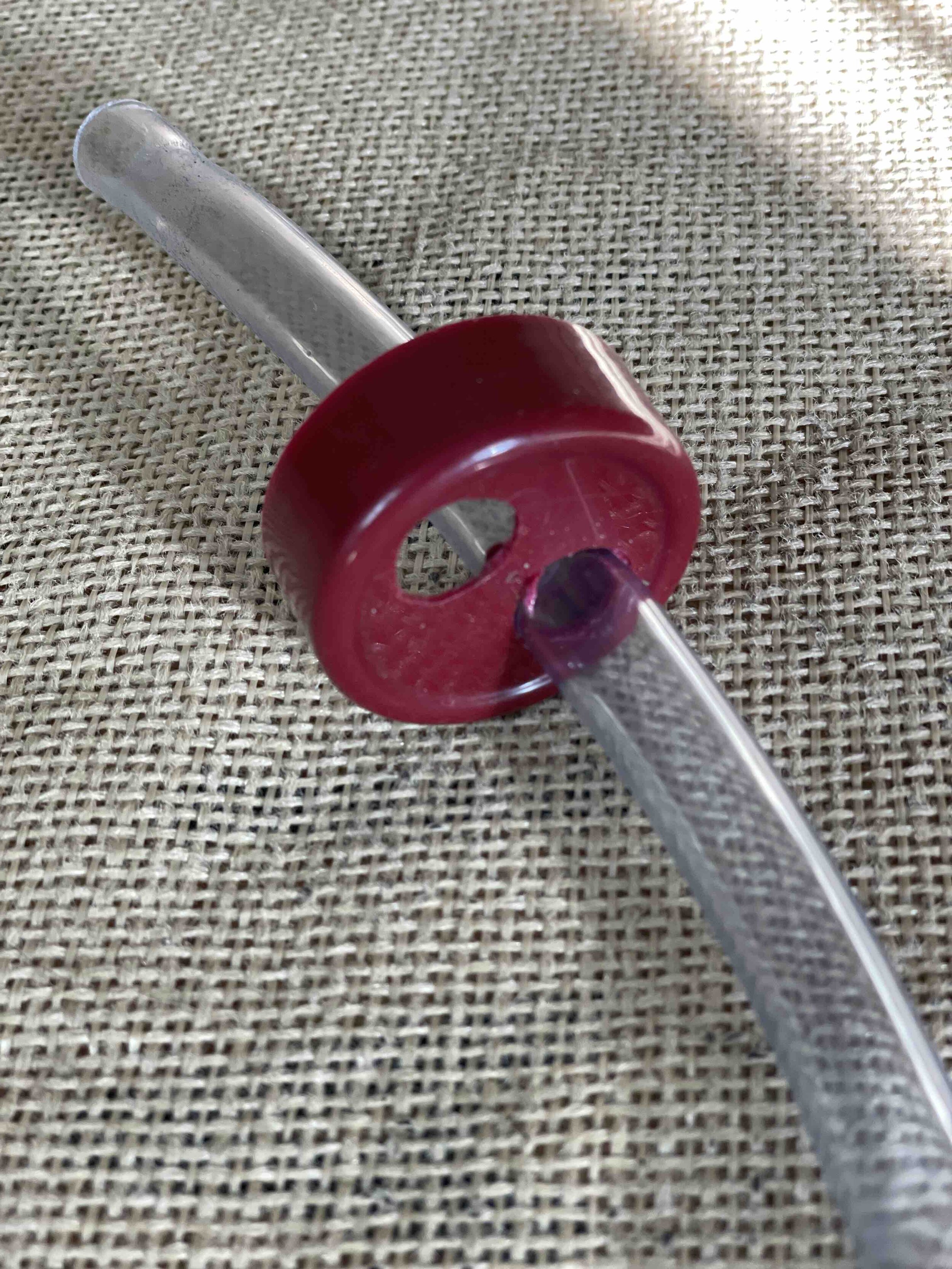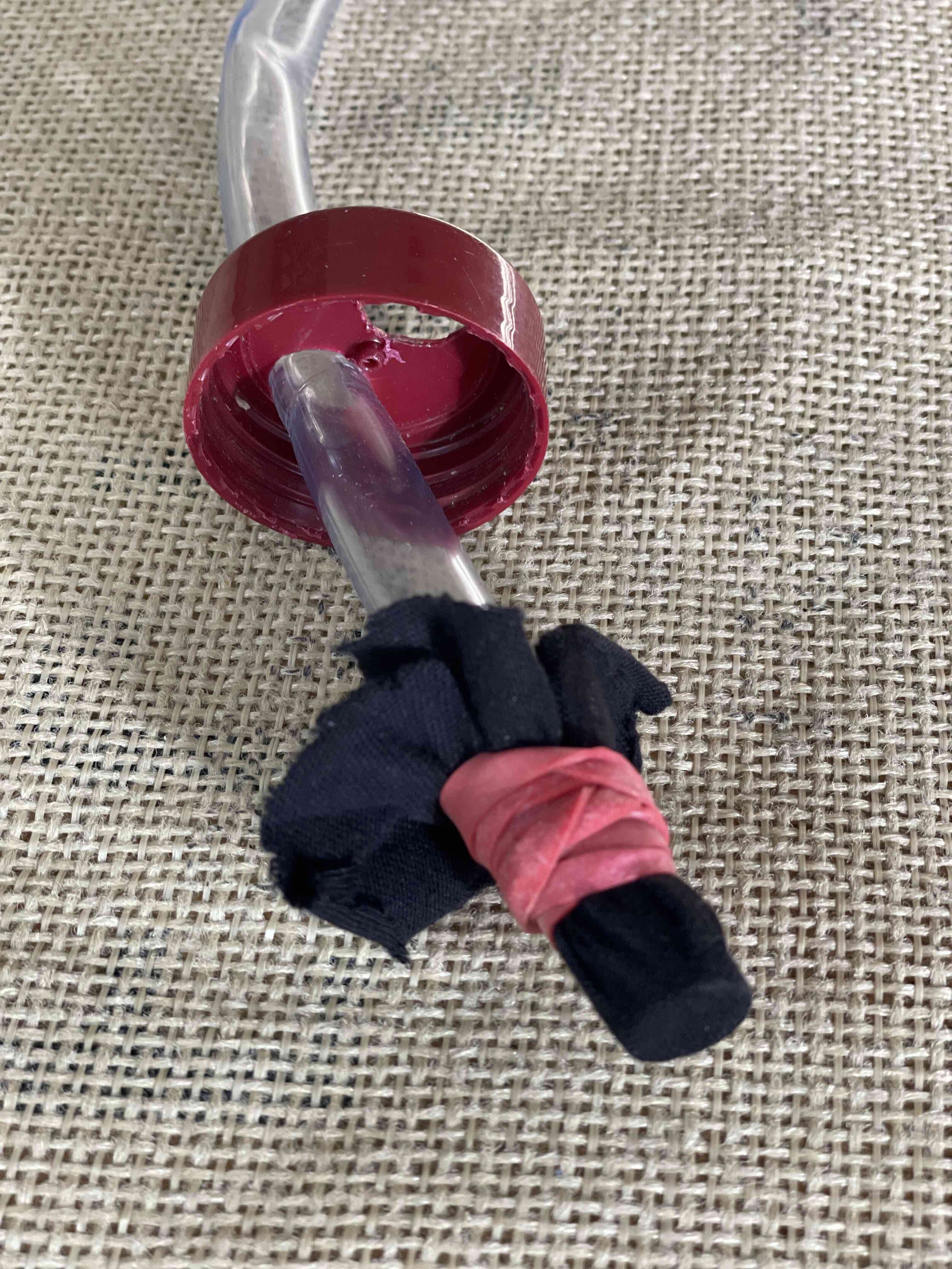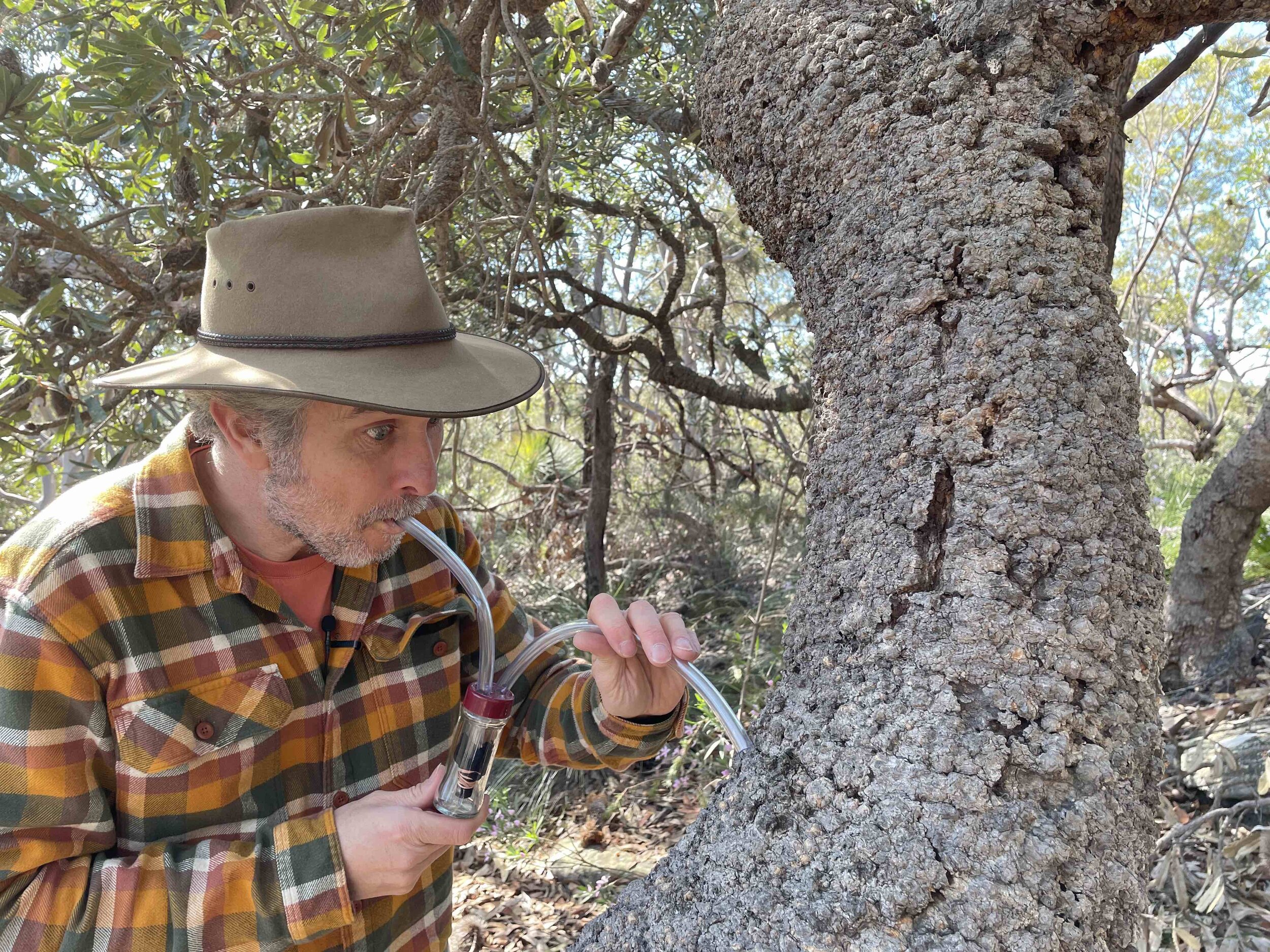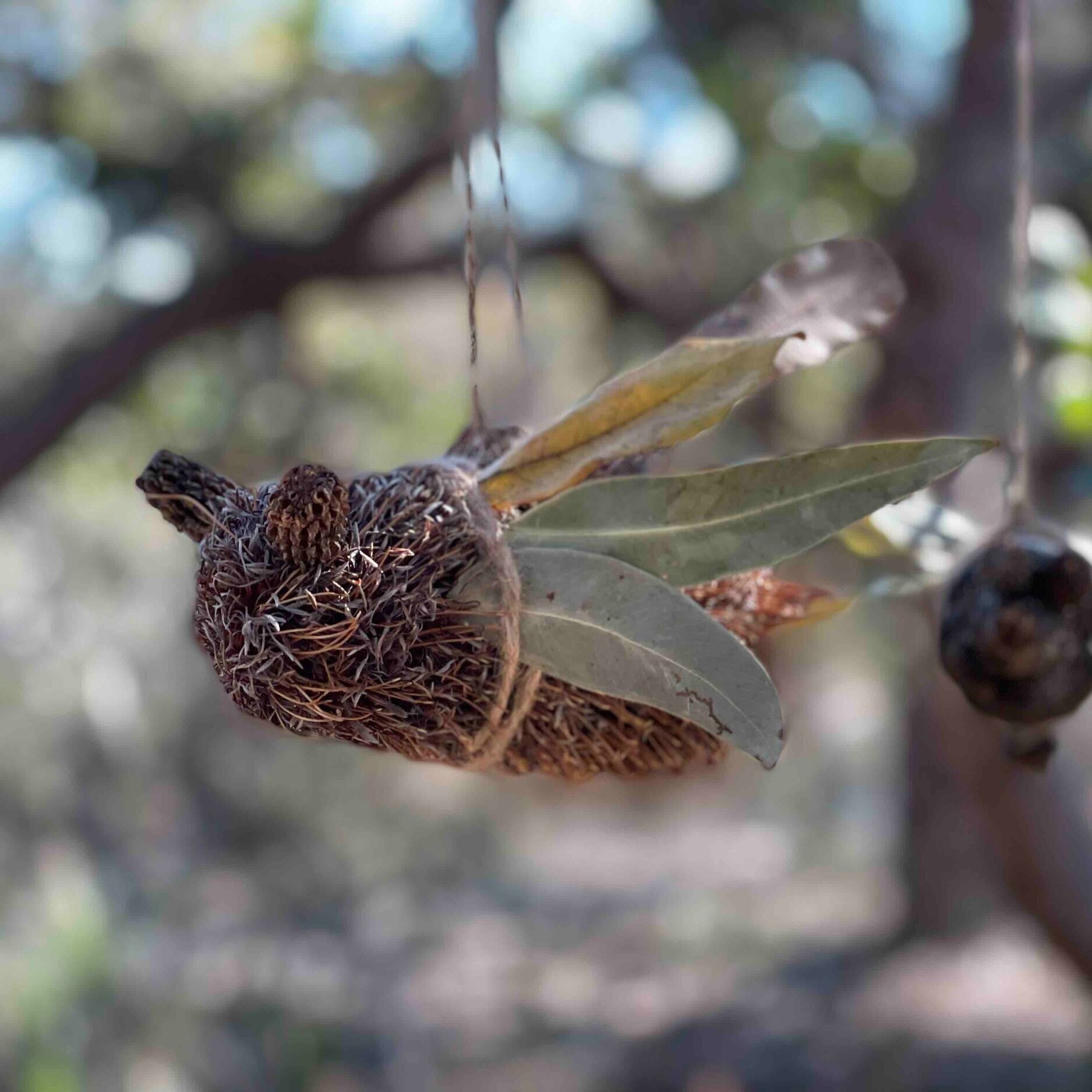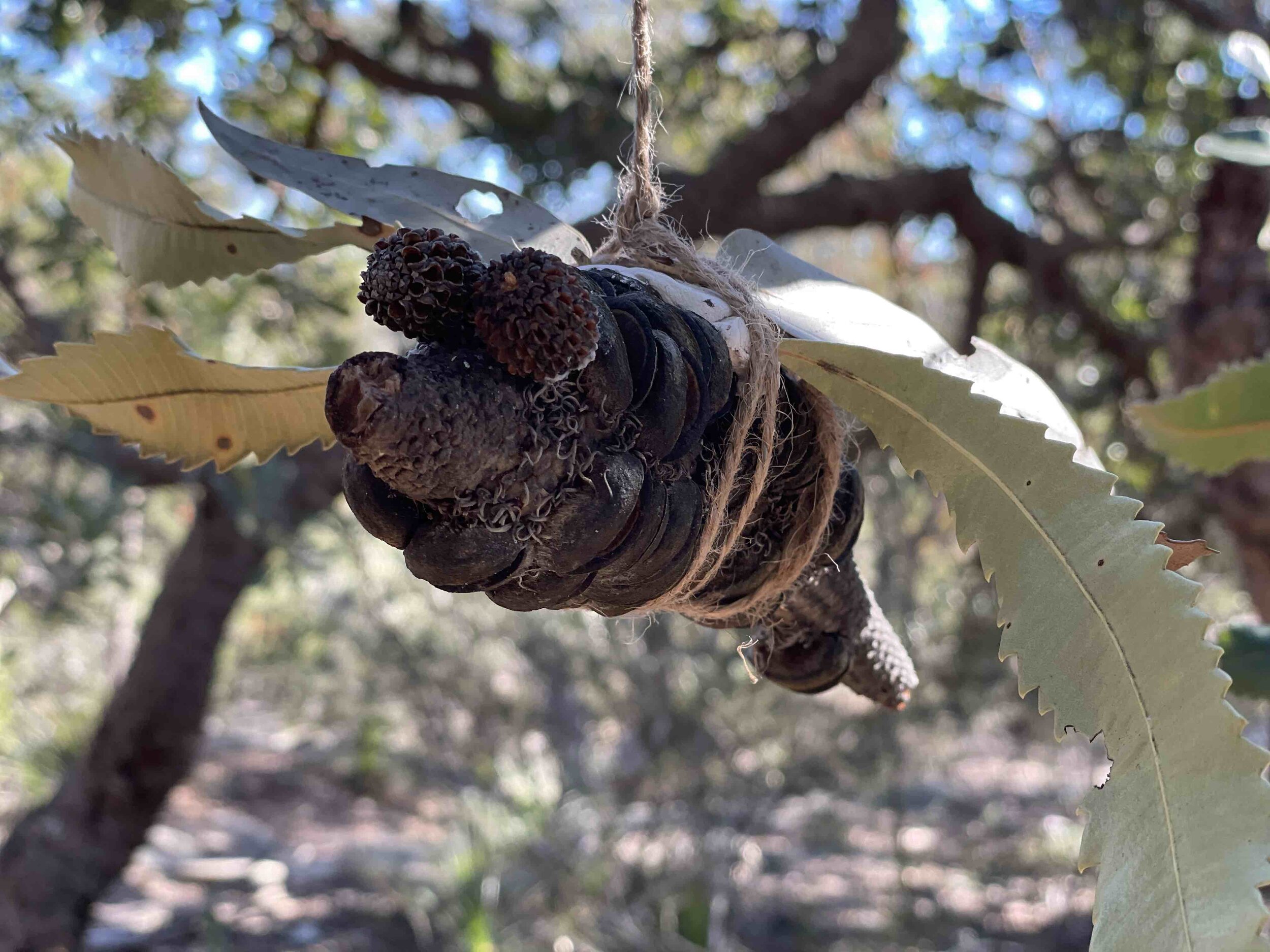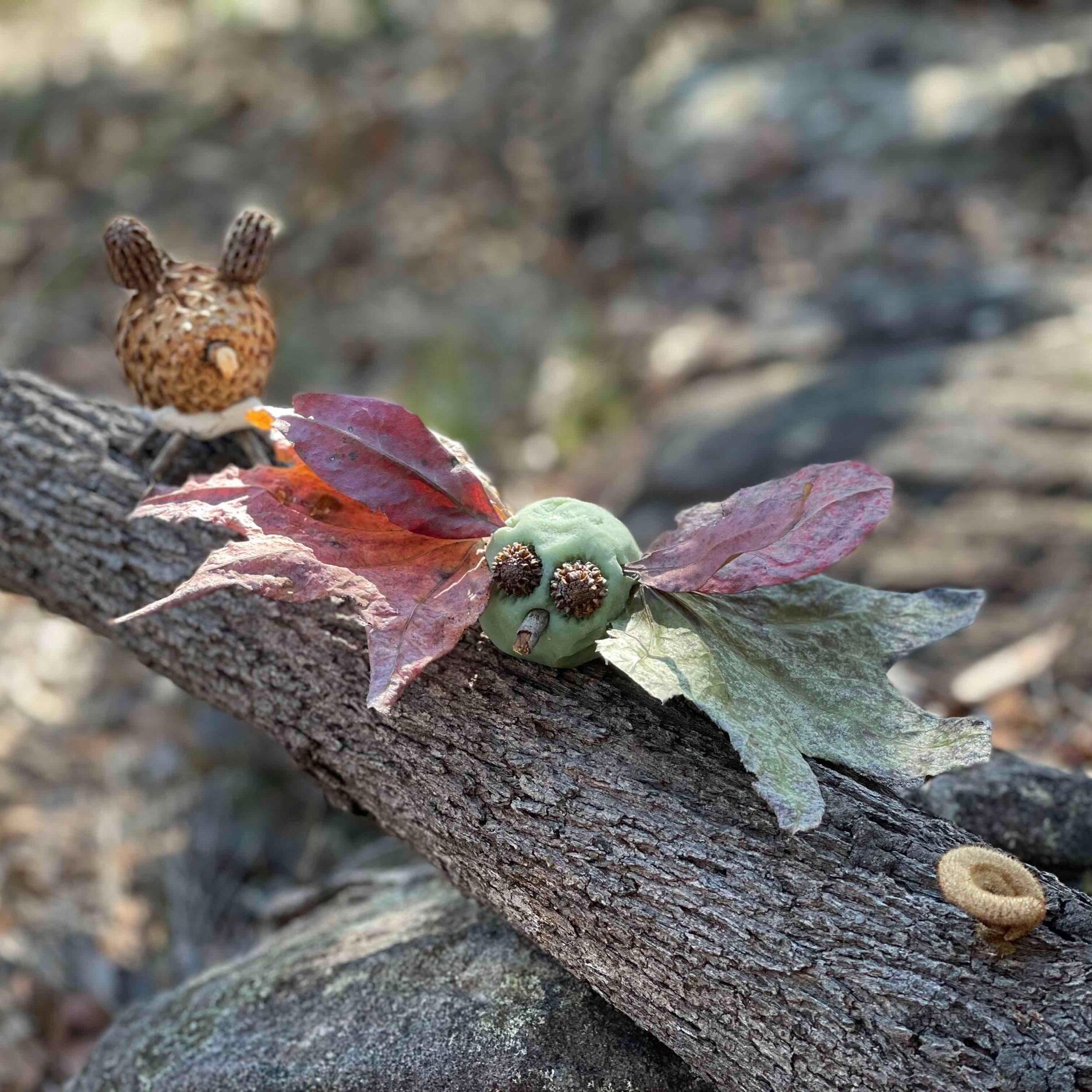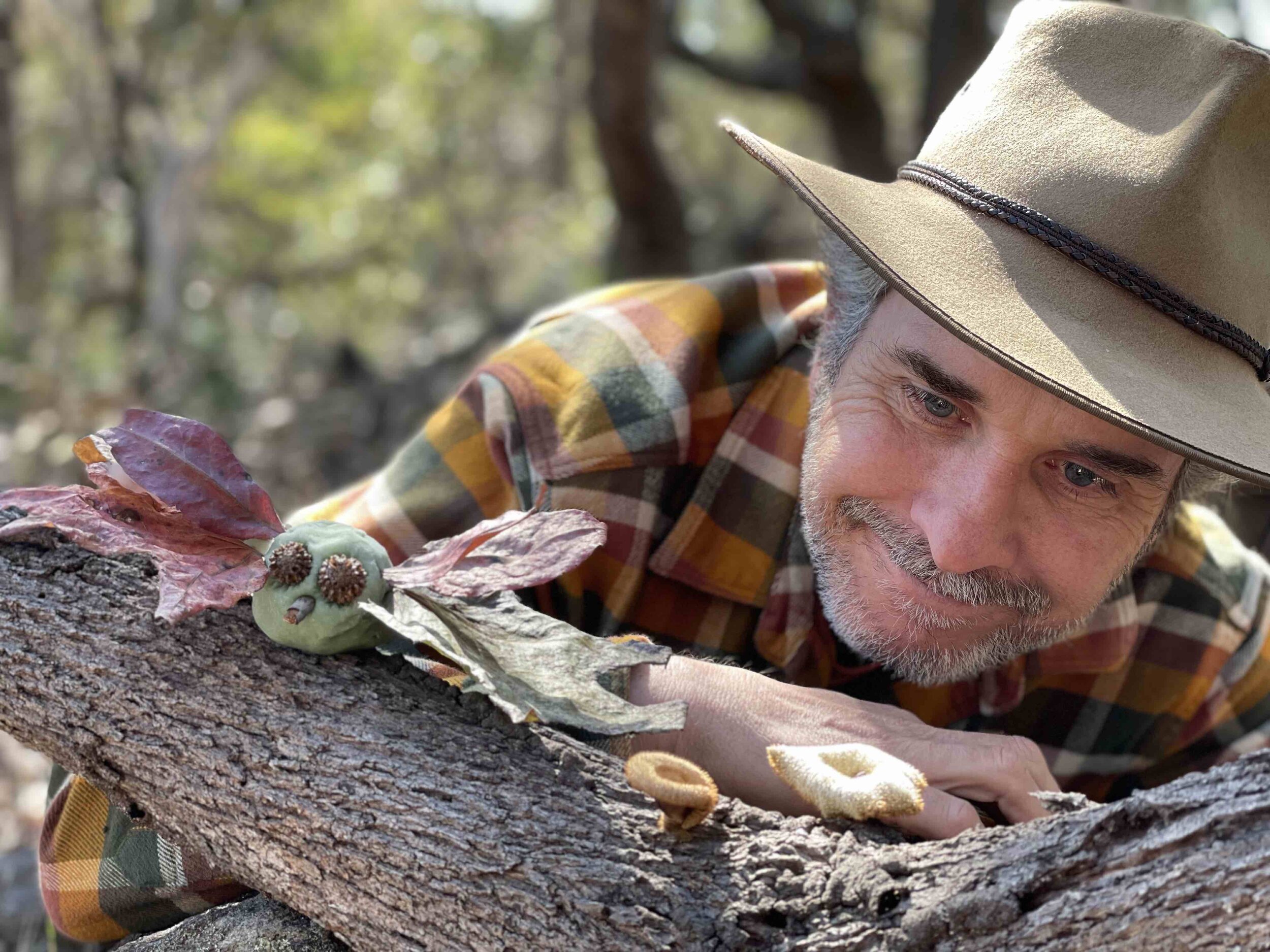Bug-tastic bug hunt for preschoolers
3 bug activities to do with kids on a nature walk.
Bugs are bug-tastic! Yes, they may be creepy, crawly, buzzy, stingy, sticky, bitey, swarmy, itchy and even stinky! But, bugs are also absolutely vital to the survival of everything on the planet. Without bugs and the super important jobs they do every day, we would have no food to eat, plants would have no soil to grow in, waste and poo would build up in enormous mounds everywhere!
There is never a dull moment in the insect world. Bugs are the original recyclers. Munching through the leaf and wood litter on the forest floor, chomping through animal waste or dead trees and producing new soil. Dead insects don’t go to waste either. Their tiny bodies are compressed over time to add to the formation of rock. Bugs buzz or crawl among flowering plants pollinating as they go. They are also tasty treats for other animals to use as a food source. Without insects, so many other species would simply perish.
Lots of insects are also super cool and exciting to look at with fascinating behaviours and features. Plus, they are a fantastic way to get young kids engaged with nature and sustainability education. They are readily accessible because insects are absolutely everywhere - except the ocean - with over 900,000 species making up more than half of the worlds living organisms. They do interesting jobs and have weird, metamorphic life cycles that make them great to observe. And children are generally intrigued by the variety of forms that insects take - from butterflies to beetles, to ants and mantids.
On our recent Wildkids Walk we encountered so many different bugs in just a short time and around a small area. You can catch the replay over on our Faceboook Page.
And,if you’d like to go on your own Wildkids adventure, here are three ways you can engage your kids with the wonderful world of busy bugs.
1. Turn over a rock
As well as the buzzy and flappy kind, so many little creatures live in quiet, seclude and damp spots. Turning over a rock can reveal tiny busy bug worlds that you may not have noticed before. You can experiment with different rocks in a variety of locations and conditions and discuss whats living under each. A damp spot in the forest, a dry area in the park or a stone in a pond or rockpool. Turning over a rock should always be done by an adult, and take care to turn the rock towards you so that anything bitey - or scared - can scuttle away from you. Keep your fingers clear and check whats there first before inviting kids to get closer.
2. Suck up a bug!
If you’ve discovered some tiny bugs and want to take a closer look a homemade pooter is the perfect inspection device! It’s also brilliant to make with kids and lots of fun to use. A pooter is a bug collection device that uses air to suck up a small bug to look at more closely. You’ll need a clean jar (an old spice/herb jar is perfect), some plastic tubing (about 70cm), a 10cm square piece of muslin or similar (old stockings fabric is perfect) and an elastic band (repurpose one use one from a recent veggie purchase).
First, punch 2 holes in the lid of your jar. A nail and hammer works well for this. Using a sharp knife make the holes large enough to pop your tubing through. The tubing should fit snugly. Cut a 40cm length of the tube and pop it through one of the holes, threading about 6cm through. Take the remaining piece of the tube and thread it through the other hole. Fold your piece of muslin or stocking fabric over the end of this tube and wrap around the elastic band so that it’s tight. Screw the lid onto the jar and it’s done!
To use your pooter, place your mouth over the tube that has the covered end. And the other tube over a bug. Breathe in and the bug will be sucked up into the jar! Don’t worry - the fabric covering will stop you from being able to breathe in the bug. Once in the jar you can use the magnification of the glass to get a closer look before releasing your bug back to its home.
3. Make your own bug
After you’ve been on your bug hunt, making a bug from natural materials is a fabulous at-home activity. Gather a few natural materials from your garden or on your walk and using some natural play dough or air drying clay create your own bug like creatures.
Perfect for younger children as a sensory activity and for older kids to engage their creativity and spark conversations about insects. We like to hang ours from a tree with some string so they fly about in the breeze! And when you’ve enjoyed your display the natural materials can be returned to become bug food and part of the life cycle.
On your bug hunt or while you're making your own bug creatures, there are so many conversations we can have about bugs.
How many different types of insects are there?
Where do insects live?
How do insects help other animals and people? What jobs do they do?
How many legs do insects have?
Do all insects have wings?
What do insects eat?
What animals eat insects?
How many insects can you name?
What's your favourite bug?
Do share your pics of your pooters and homemade bug creatures with us.
If you like this activity and you'd like access more, along with step-by-step lesson plans, how-to videos and a whole heap of extra resources designed to support early years educators - check out our online membership.
And for more ideas like this one and weekly live stream walks in the woods where we find bugs and have adventures outside, head on over to our Facebook group. We'd love to see you there.
I hope this blog was useful!
If you enjoyed the ideas, make sure to share it with friends or use the image to Pin on Pinterest!
